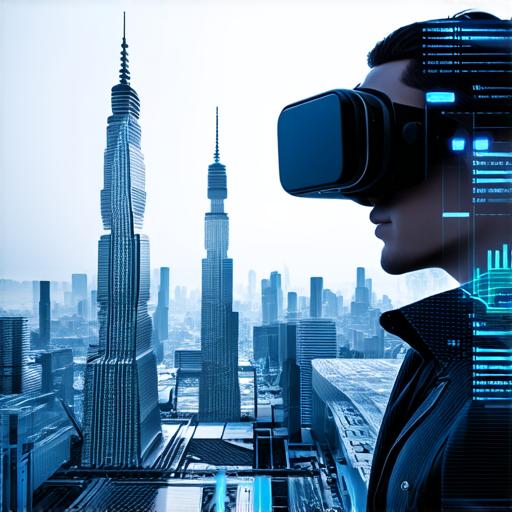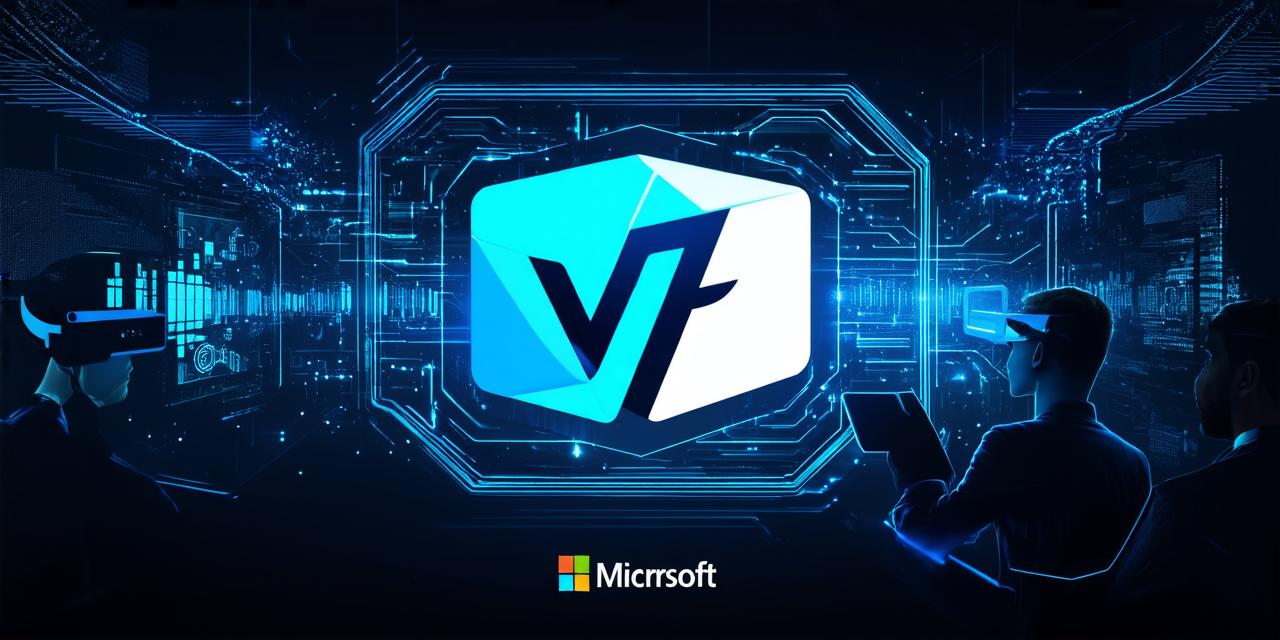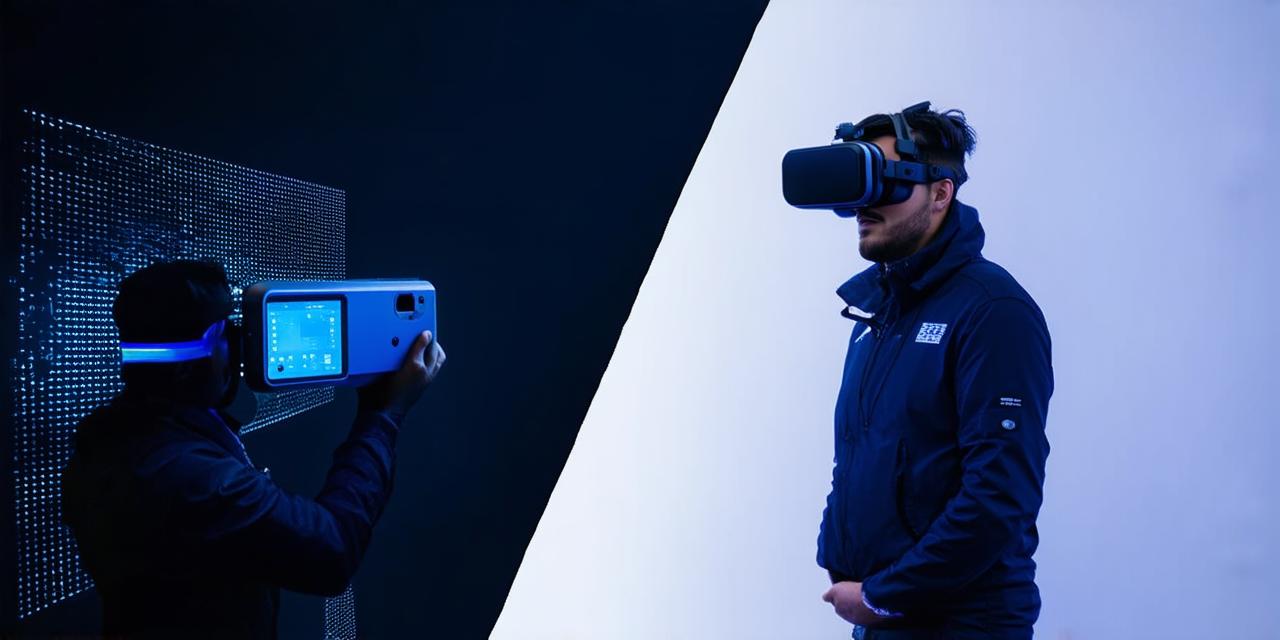Virtual reality (VR) refers to a computer-generated simulated environment that allows users to experience a 3D world in a way that mimics real life. VR headsets, such as the Oculus Quest or HTC Vive, track user movement and display images that create an immersive experience.
Virtual reality has been around for decades, but it wasn’t until the 21st century that technology advanced to make it accessible to a wider audience. Today, virtual reality is being used in a variety of industries, from gaming to healthcare to education.
Growth Rate of Virtual Reality
The growth rate of virtual reality has been rapid over the past few years. According to a report by Statista, the global virtual reality market size was estimated at $29.6 billion in 2018 and is projected to reach $379.2 billion by 2025, growing at a CAGR of 47.6% during the forecast period.
There are several factors driving this growth. Firstly, advances in technology have made VR more accessible and user-friendly. Secondly, the increasing popularity of gaming and eSports has boosted demand for virtual reality headsets. Thirdly, virtual reality is being used in a variety of industries, including healthcare, education, and real estate, which means it has a broad appeal.
Virtual Reality in Gaming
Virtual reality has revolutionized the gaming industry. With VR headsets, users can immerse themselves in a 3D world and experience games in a way that was previously impossible. This has led to the development of new types of games, such as first-person shooters and adventure games, which require players to physically move around in the virtual world.
### Virtual Reality in Healthcare
Virtual reality is being used in healthcare to treat a variety of conditions, including PTSD, phobias, and chronic pain. Virtual reality therapy allows patients to confront their fears and anxieties in a controlled environment, which can be more effective than traditional therapy methods. Additionally, virtual reality can be used to simulate real-life situations for medical training purposes.
### Virtual Reality in Education
Virtual reality is being used in education to enhance the learning experience. With VR headsets, students can virtually visit historical landmarks or explore the solar system. Virtual reality can also be used to simulate real-world scenarios, such as emergency response or hazardous materials training.
### Virtual Reality in Real Estate
Virtual reality is being used in real estate to give buyers and renters a better understanding of properties before making a decision. With virtual tours, users can experience the property as if they were really there, which can save time and money for both the buyer and seller.

Summary
The growth rate of virtual reality has been impressive over the past few years, and it is set to continue in the future. Virtual reality is being used in a variety of industries, including gaming, healthcare, education, and real estate. With advances in technology and increasing demand, virtual reality is likely to become an integral part of our daily lives.



